Why the massive influx of Chinese EVs will end in tears | Opinion
I’ve been writing about cars and motoring for 25 years, and never known a time like it.
New brands and EV models are arriving on Aussie shores at a furious pace, most of them hailing from China.
Often, this debuting brand has come completely from left field, unrecognised and unknown even by ardent car enthusiasts.
Massive saturation of around a dozen new brands landing here in under two years is absolutely a recipe for disaster.
Some will inevitably fall by the wayside, and brave/foolhardy buyers are going to suffer.
READ MORE: Omoda and Jaecoo the latest new Chinese brands to take on BYD and GWM
READ MORE: IM Motors locked in for Australian arrival as MG’s luxury arm
READ MORE: Hating on Chinese EVs? You might be a car-racist
I’ve just returned from the Australian launch of the Jaecoo brand, the self-styled “premium SUV” arm of Chinese budget giant Chery. Chery, of course, only returned in 2023 after previously selling four-wheeled horrors here between 2011 and 2014.
We sampled the Jaecoo J7 plug-in hybrid, and also learned Omoda was to be a separate brand later in 2025, rather than just a model sold by Chery.
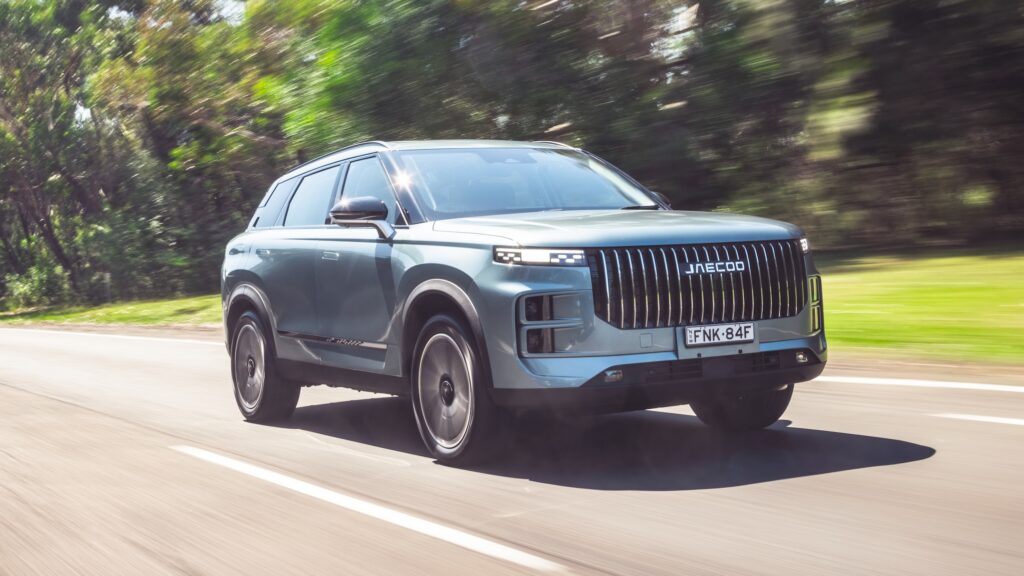
Then before I reached home, MG released a statement saying its premium IM Motors was locked in for Australia this year too. Hop in, IM, the water’s very warm.
Launching under an “IM Presented by MG Motor” banner is telling. I don’t remember it being “Lexus Presented by Toyota” back in the day.
For Australia, other recent or soon-arriving brands include Deepal, Denza, Foton, GAC Aion, Geely, JAC, Leapmotor, Skywell, XPeng and Zeekr. Bloody hell.
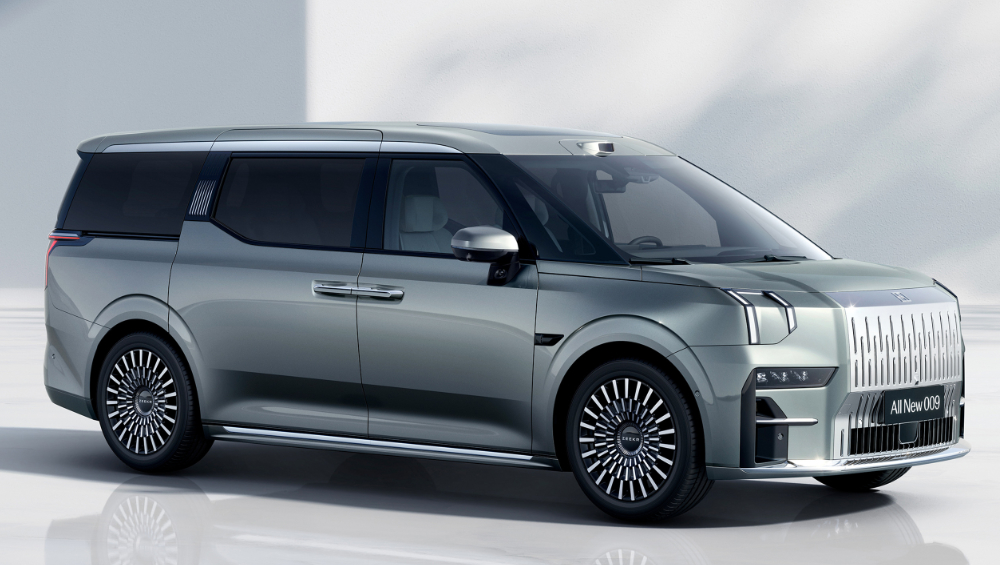
There are gold rush signs here.
These newbies are all rocking up expecting to be greeted with open arms and dollars, but a lot of the shiny nuggets (EV early adopters) have already been hoovered up.
There’s the old saying that if you’re jumping on a bandwagon, you’re already too late.
Above all, it’s not easy establishing a brand on our shores, and Tesla and BYD’s success have been the anomalies.
Both arrived flogging EVs when the market had a strong appetite, rivals were few and the economy relatively strong. Aussies were spending money.
In 2025, EV growth has cooled just as the market is flooded. Traditional brands have caught up and newbies have landed, meaning there’s now 89 different electric models in our quite small car market. Oh, and there’s a cost-of-living crisis.
During my career I’ve seen many brands launch then retreat. Hummer, Alpine and Chery managed three years, Rover four, Proton and Infiniti seven, Dodge ten, and Smart hung on for 12. Opel comically lasted less than a year.
For these new or returning entrants, brand recognition should help. Cadillac and Smart, for instance, have a bit of heritage on their side.
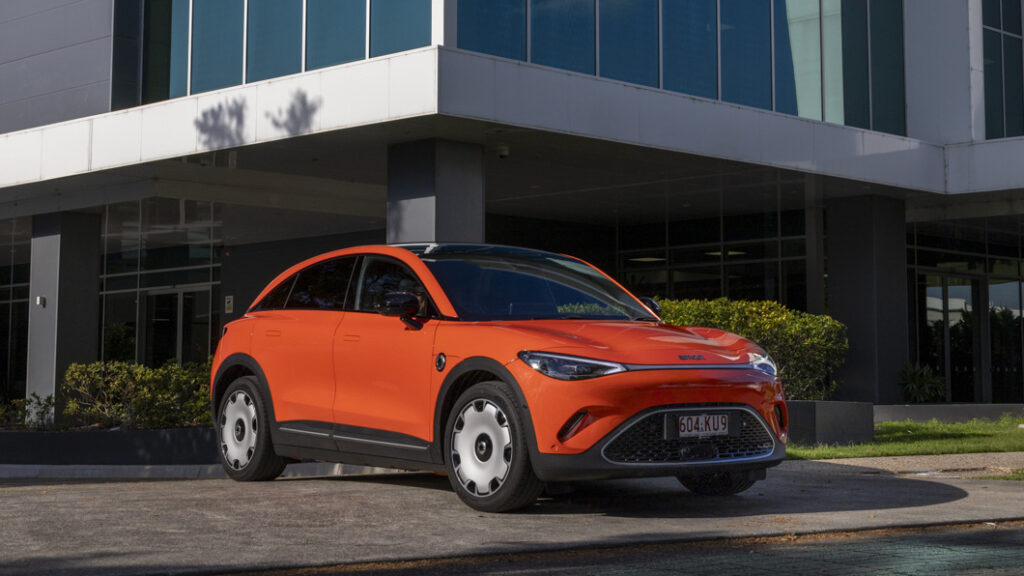
Even Chery, which was once poster child for unsafe and unreliable nasties, has been helped by Australians at least having heard of the brand before.
This year so far, Chery’s outselling Honda, BMW and Suzuki. However, that’s mainly thanks to its super-cheap Tiggo 4 Pro SUV ($23,990 drive-away), not an electric car.
And launching a new and obscure EV-only or EV-heavy brand doesn’t look ideal timing right now.
The Federal Chamber of Automotive Industries (FCAI) chief executive Tony Weber said this week: “While the supply of EVs is increasing, the demand for EVs is weak. The early adopters have acted but the rest of the vehicle-buying public has not followed.
“This is consistent with a number of other advanced markets around the world.”
The promise of dozens of dealerships, many more models to come and lengthy warranties sounds great, but none guarantees success.
Buy a box-fresh brand that ultimately retreats (see Opel, for instance), and you’re faced with myriad challenges.
The brand must honour warranties and cover spare parts for a number of years (I’ve not been able to find an official number) under Australian Consumer Law, but can we really expect an unknown brand to make this easy? What if its importer goes out of business too?
There’ll be a fire sale of remaining new car stock, meaning owners will suffer a huge hit to resale values.
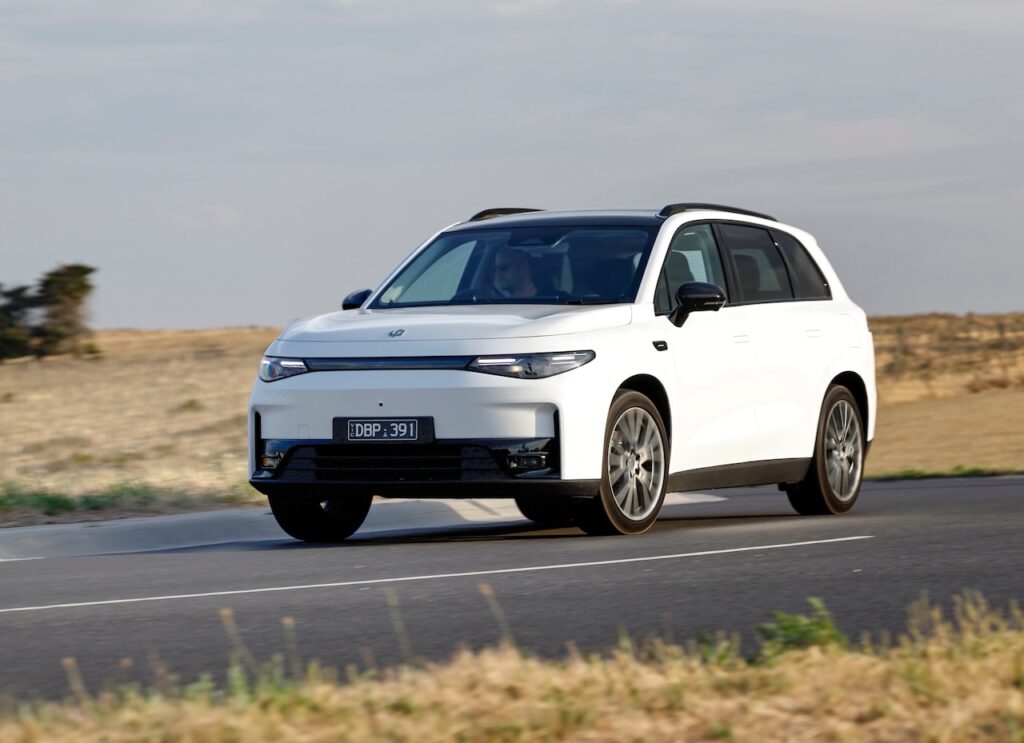
With so many new brands entering, I sense it’s the scattergun approach. Launch them all, and see which ones stick.
There’ll be failures and collateral damage, but hey, it’s a tough world out there.
Maybe it’s me being old fashioned, but I struggle with a parent company launching multiple new brands instead of them all wearing the same badge.
Only-just-arrived Chery sells cars in its own right, now already it has Jaecoo and Omoda joining in separate dealerships. Also on the table is Chery’s Exlantix luxury EV brand, known as Exceed in China, to sit above Jaecoo.
Would it get its own separate dealer network too? Really?
It’s the opposite of what Renault Australia’s expected to do when it brings in its Romanian subsidiary Dacia as a brand later this year.
Instead of launching its Duster SUV with the unknown Dacia badge, they’ll sling the familiar Renault brand on it instead. They’ve done so in South Africa, South America and India.
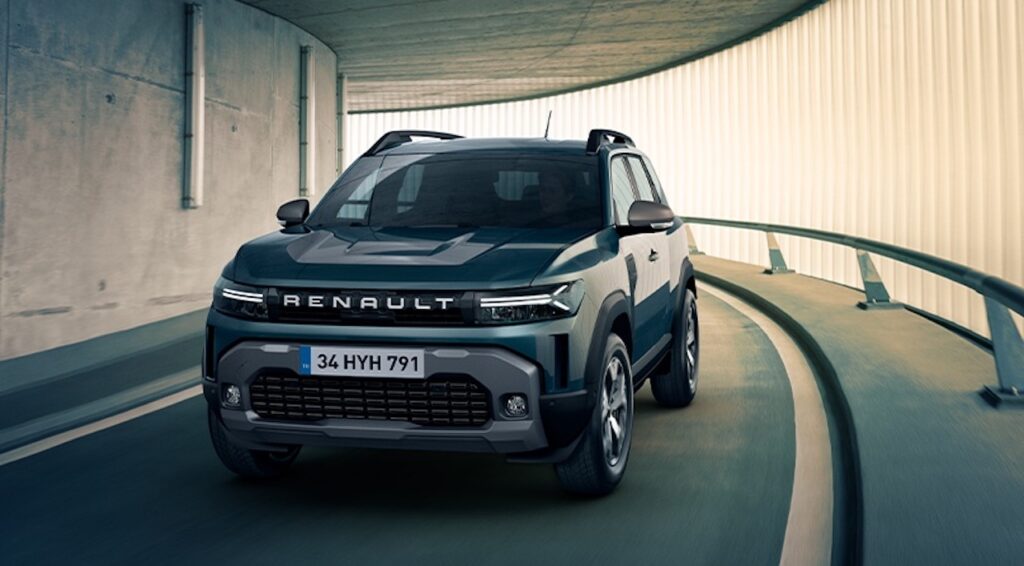
It means Renault can sell the Duster in its existing dealerships, and when sales figures come out, the numbers are shared rather than divided between the brands. Cue Renault jumping up the sales charts.
“It seems a little bit strange having so many different brands, but for us the strategy definitely works,” said Peter Matkin, Chery’s chief engineer.
“Globally, as we launch these brands, they’re all doing really well in every market. Chery has been the number one export seller from China to global markets for 21 years straight.”
While I may be sceptical about all the new brands, we can’t ignore how massive and globally penetrating Chinese brands have become of late.
EVs are a key battleground in the country’s apparent ambitions for global automotive supremacy. In 2023, they produced over 30 million cars – that’s more than the US, Japan, South Korea and Germany combined.
Also in 2023, China became the globe’s largest car exporter for the first time.
Much of that growth has come from China selling cars to Russia – over one million in 2024 – when everyone else withdrew over its invasion of Ukraine. Morally dubious, but why let that get in the way of record sales, eh?
The Australian market has proved highly receptive to Chinese brands, with high specification, cheap prices and generous warranties shaking up the industry.
Last year, Chinese-owned MG was our seventh biggest selling brand, while GWM was tenth. BYD and Chery saw huge growth in 2024, with both targeting a top ten place.
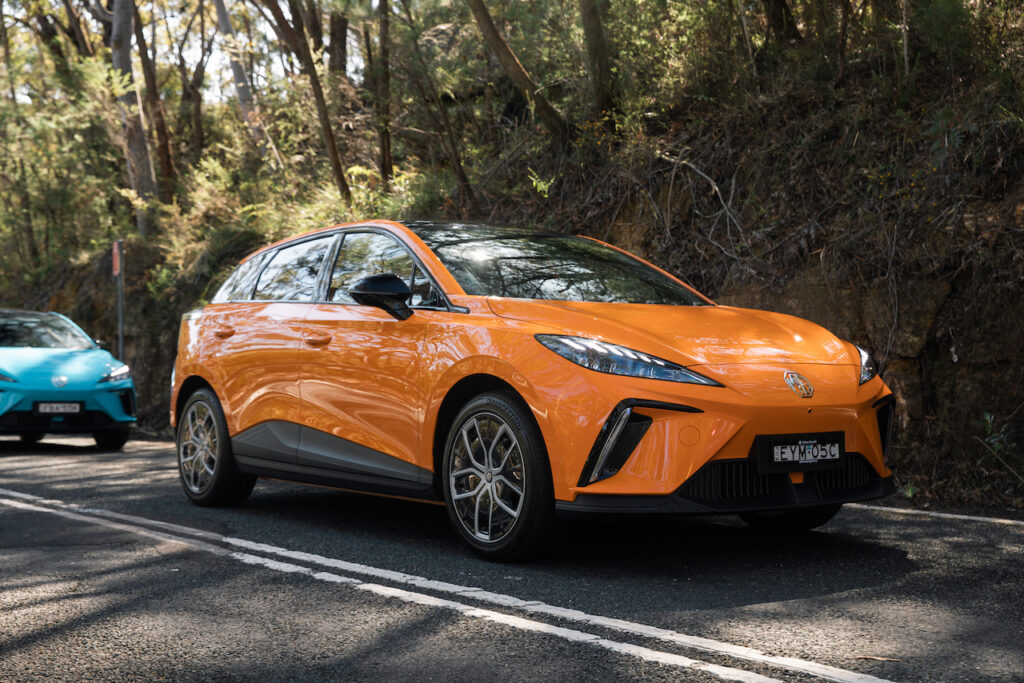
We’re soon going to have 80 unique brands selling cars on our island. Industry experts agree it’s not sustainable, so it’s a matter of sitting back and watching which will fall and when.
Not just the newbies, either. Increased competition will see long-established brands fail in Australia as already sliding sales drop further, denting whatever small profits they were making. Citroen awaits them in the casualty department.
It’s going to be an automotive bloodbath, and it won’t be pretty.

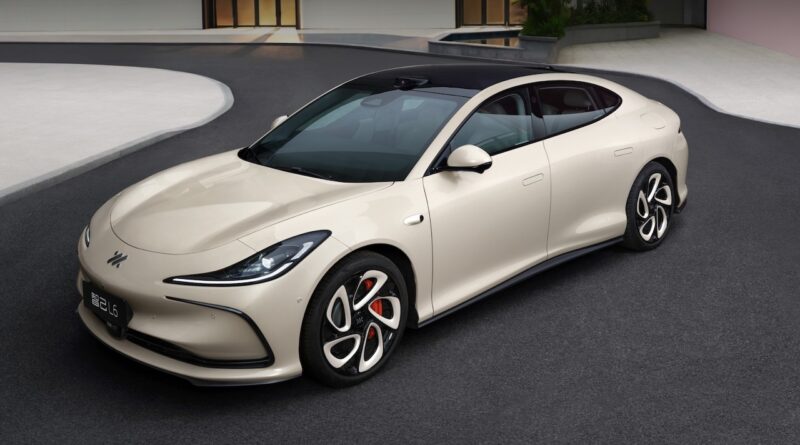

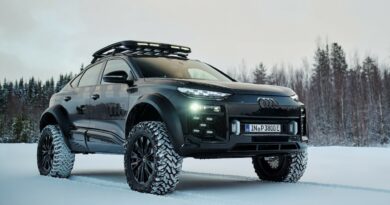
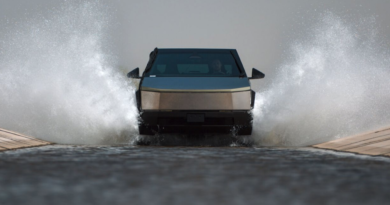
Australia is small market, but the whole RHD market is quite big with rich countries, I’m more worried about the Japanese brands losing market share and too much debt. I guess it depends how long Chinese take to establish and if people are willing try a new brand. Having other brands under the main brand allows a traditional older brand like Geely or Chery to try to target a fresh audience, like Geely’s Zeekr targeting the high tech EV consumer, they should probably sell all the different brands under the one roof and advertise like crazy. I feel a lot of the new brands will be here for the long term, Geely, Gac, Jac, Chery and Changan have agreed to use Nio’s and Catl’s swap platforms, which will bring convenience and less battery worries to evs, bringing evs into the main stream and biting into the ICEV market.
Yes I Believe the saturated Australia Market is Going to take Really Off , I think the cars are definitely 8 to 9 and , I Live In Rural Victoria. And seeing so many MGs ,Cherry, I don’t believe EV will take off , More Like Petrol & Battery, The Rural Area are taking to the China Vehicles in a big way, and are going to to continue , to take the market off the known Brands, Manly Because of Price and Warrants, the vehicles are very Good mark my words the car market is going , to be turned on its head, why would anyone pay $68.000 For A Mercedes second Hand That’s done 132.000 Ks , and a 2019 Model. A NEW CHINESE VEHICLES Will out sell them all because The motet industry has no idea how to fight this influx of New , AND NiCE Vehicles from China, this is historically, the Big SURPRISE For OLD AUS Car DEALERS. Shock Waves Across, the World, China has Planned and set this up for years, Australia customs, Are going to Purchase China Vehicles in a very gigantic way, Because people like cheap , Prices, Who is going To Pay , $158 .000 for Range Rover, The China car $40,000, and just looks Like the Rover , The Reviews are very good , and interior is Beautiful , its makes good dents to me, The other car Company’s Can’t Do AS China is Doing, Cost Wise, I am just a customer, But I can see this is a very dangerous position for all car Companies, all over the World , And keep in Mind China are very good at a copy car , why would anyone in Australia purchase a second Hand car, GET A NEW ONE FOR HALF THE PRICE. As I Said , It’s About cost, Aussies Have been Rip Off For Decades, CLOCKS Turn Back Ks Taken off Old 2016 to 2024 , to Get the $58.000 Extra , Car Dealer Have HAD a Great money making Machine in Second Hand Cars . But The Time has come . Purchase a NEW CAR , NOT SECOND HAND, You will win , With Warranty, It’s New , No Ks Taken OFF , you can’t get a better Deal Cherry $22.000 New ,Aussies good Shopping.
I Hope do did not stop my post from being Posted . Because I Have given my opinion, And Truthfully one . So If You Have Stopped My Post , I Will consider taking it Further, My Post is my opinion, and is favorite for Aussies,
We just bought Byd shark 6 and my wife is so happy.The new BYD is much better
performance than our BMW whatever interior,all safety features.Why
pay more?Time will prove it.
Hello all readers, I just like to say, I am sorry for some of my Mistakes in My Posts. But I Am 81 Y/O , and my fingers are fat , so far I Have Purchased 31 Cars in My time, always been a worker. And seen The Car Market Change Is amazing, In A Short Time , I Believe For The Good Of All Australia , The Customer has A good opportunity now For Warranty & Price & Good Vehicles
I’m keen to order two Chery j6 / Bao 3 vehicles. Basically because of your premise. Legacy brands are dead, and this is the future. Evs are the future.
Current mainstream brands are selling just a few cars a year. There is no bloodbath. They can quietly leave.
Multi brands is just Toyota /Lexus. So what.
You get what you pay for.
Cheaper is cheaper for a reason.
Tesla is stuck with cheapening as a substitute for development. What a lost opportunity !!!.
Australia is a small market for what they do.
Giants have failed here as you pointed out and some sith pretty cult history “think Citroen”.
It seems however Chinese are willing to compete for little to no profit as Australia is the only western country where they can compete without tarrifs.
If they succeed and dominate the top10 that’ll be a message to EU/US/Jap of unfair competition and trade practices.
Sorry but you are factually wrong. The cars the Chinese auto makers sell in Australia they make 8-10x the profit compared to what they make in the Chinese domestic market. I am a Haval H6GT owner, the same model sold in China is ¥130,000 RMB which is $28,000 AUD. I bought mine for $45,990, which even after you account for shipping and what not GWM probably makes a $8-10,000 AUD profit per vehicle. In China domestic market because of the cut throat competition profit is razor thin probably around $1000 per vehicle.
Who’s to say your right! Aussies have been paying way way to much for established brands over many years I do think there are a few that won’t survive GWM BYD and a few of established brands namely Toyota & Mitsubishi should be able to ride out the storm with reduced market share but the rest I don’t know
I still go for petrol engine cars or hydrogen when they are available battery cars don’t sound very reliable plus where you charge them
Was this article written in the 1960s with some detail changes for 2025?
The market will decide, individuals attempting to predict or even direct market outcomes will have little effect. Just as happened with the Japanese car industry some years ago.
It has certainly caused a big Talking Point, The Var Market In Australia Has Been On A great Ride, Making Lots of Money, on Vehicles, That Have been Made In Under Cheap Labor , In Thailand And China Name Brands, Thats Exactly why China got the Idea From This Greedy Car Makers. They can Produce, Cars A Lot Cheaper, And Good Ones, I Was in China Last November, and the great looking Vehicles Look Tops. And they have Millions, I don’t think U.S. A. Will ever get back to Selling Cars in Australia to Expensive. China Are not Fools They Know Exactly What they are Doing. Taking the world Market. The Vehicles China are putting out . Read The Reviews, they can’t believe, such Quality, In 8 Months, They will have the Hold on The Market, And Australias Are Loving China Vehicles, as most poster said they have China Built Cars , And loving them, I was talking to a lady at supermarket, she had MG, She said just have a look inside. Wow I said it’s very Nice , She said people next door Purchased A Tank and The had Land Cruiser Toyota, and they love it.
Hydrogen cars are a battery electric car with a smaller battery (used to buffer power but still essential) and hydrogen fuel cell acting as a generator.. you are adding complexity to a bev and it will always be dearer to run if you want to use green energy sources as you are adding additional energy intensive processes to your well to wheel chain.
Always confuses me how people can take an anti Bev stance and yet be pro hydrogen. Or maybe “you” all think combustion hydrogen engines? Which is a far worse proposition.
I thought we were moving to a Clean Planet.
All these short lived throw away cars . I suppose we can all compost them in our
Concrete gardens,then go out a purchase another one ?
I like the idea of a clean planet pity this isn’t the solution it’s a new problem.
I don’t blame people who purchase EVS ,until I hear the same group “tut tutting”
other people saying “what do we do with all that waste being created by this technology”.We are having trouble with the minuscule amount of spent or written off
EVs now what in 10 years.THATS right we will work on that later.Will we?
Cheap isn’t cheaper in the end.
With all due respects – I think you are showing your age and living in a past era. EVs need so much less after sales attention. They are significantly longer lasting than ICEs. They will be so inexpensive you will buy a new one every 3 years. So it is a whole new world – all the old selling points for an automobile no longer apply. So much competition can only be good for consumers. Who will be shedding these tears-except shareholders of the companies who haven’t been able to compete?
In 10 years time, 90% of cars on our roads will be Chinese. Just like everything else around us. This will prove to be a fact
Look around just about everything in your house is Chinese
There’s one point in the piece I totally disagree with. “Traditional brands have caught up”.
Really? Toyota offers a slew of mild hybrids with one BEV and zero PHEVs, Nissan has it’s ePower, but it’s real fuel consumption is that closer to an ICE and then there’s one BEV that’s overpriced and has the range of a BEV Motorbike. GM is launching EVs, but the cost will prove to be prohibitive. Mazda has its PHEV and are absolutely gorgeous vehicles, but $90k?
No they haven’t caught up. And it’s features and range for price that set the Chinese like BYD, Leapmotor (Stellantis), MG/IM, and Deepal apart from legacy manufacturers. The quality is surprising, comparing my BYD build quality to my previous brand new 2019 Japanese car… chalk and cheese. The BYD is solid, well put together, has features the Japanese, Americans and Europeans ask a premium for… I think the fact that legacy manufacturers were absent from the Melbourne Motor show is telling. They’re shit scared!
Hi David, you’re right that Toyota, Nissan and Mazda are traditional brands who have not caught up in the EV space (quite deliberately, it seems).
But traditional manufacturers such as BMW, Hyundai, Kia, Volvo, Renault, Mercedes, etc. absolutely offer EVs that are viable, quality alternatives to Tesla and BYD. If we look to the EV alternatives Australia had when the Tesla Model S and then Model 3 launched, compared to now, it’s a whole different landscape
Hi, I was one of those early adopters. Back 2019 I bought a 2nd gen Nissan Leaf, I loved the car but middle of 2024 I could see also what was coming. I held for a short while and realised for now an EV of any type was no longer a car to be in. I looked around found a model car that was a new car and the price was quite cheap, this move was back into a ICE car not even a hybrid model.
The EV’s in near future I feel will be worth less very quickly, I bought a ICE Car again because I know in a few years there will be a self charging electric car with no need for a home charging system or public charging stations. There are a few companies working on this technology as I write about it, my ICE Car has great fuel economy so for now I will set on the side line and watch all this unfold.
I love technology but I’m now waiting for the true next generation to emerge, you will know the truth when you see.
A self charging car without the need for external charging or some type of fuel would violate the basic laws of thermodynamics.
I am a bit confused: is the author supposed to stand for Aussie consumers’ benifits? Cheering for more brand options and lower prices thanks to the competition.
Absolutely I stand for Aussie consumer benefits. While more brands, more choice, more competition is generally a good thing, I’ve seen the fallout when brands exit our market. Owners suffer – resale, then poor support for warranty, repairs and parts, despite what ACL mandates. Cars are expensive purchases, often on finance, and the negatives can cripple when a brand exits the market.
:We signed the Paris agreement to reduce carbon emissions from ICE to zero. Globally the world is buying EVs at an astronomical rate. We have our heads in the sand and are slow in understanding the tremendous advantages of EVs : clear clean air in our cities, servicing of EVs so much cheaper, operating costs so much lower particularly if you have solar panels, initial capital investment lower with EVs on comparative technology with ICE, and of course helping to reduce global warming by emitting those carbon molecules into the ozone layer. Let’s be old fashioned the guys with the best product, the best service and the best price gets the market, and at present and for the foreseeable future China reigns supreme.
Bought BYD sealion 6 premium. Great car. Saves money on petrol. Getting rid of diesel dinosaur BMW X5. Looking at Deepak, geely ex 5 , Sealion 7, and leapmotor C10. Many others will join Australia soon. Chinese cars give great value for money packed with quality and technology.